At some point, your garden will fall under attack. Enemies range from mites to deer. These garden pests can devour root systems, eat seedlings, snip leaves, and crush veggies. A survivalist gardener must assess crop damage, identify the culprit, and then carry out a plan to defeat the enemy. Here’s how to do it.
Identifying Enemies of the Garden
Damage on the Seedlings and Roots
What it looks like: Seedlings are partially or completely dug up. Roots are exposed or chewed.
Possible culprits: Gophers, groundhogs, moles, rabbits, raccoons, skunks, squirrels, and voles.
Chomped-Up Veggies and Fruit
What it looks like: Small bites have been taken from veggies and/or fruit.
Possible culprits: Loads of animals love to nibble on your goods, but groundhogs, mice, rabbits, raccoons, skunks, and squirrels do especially.
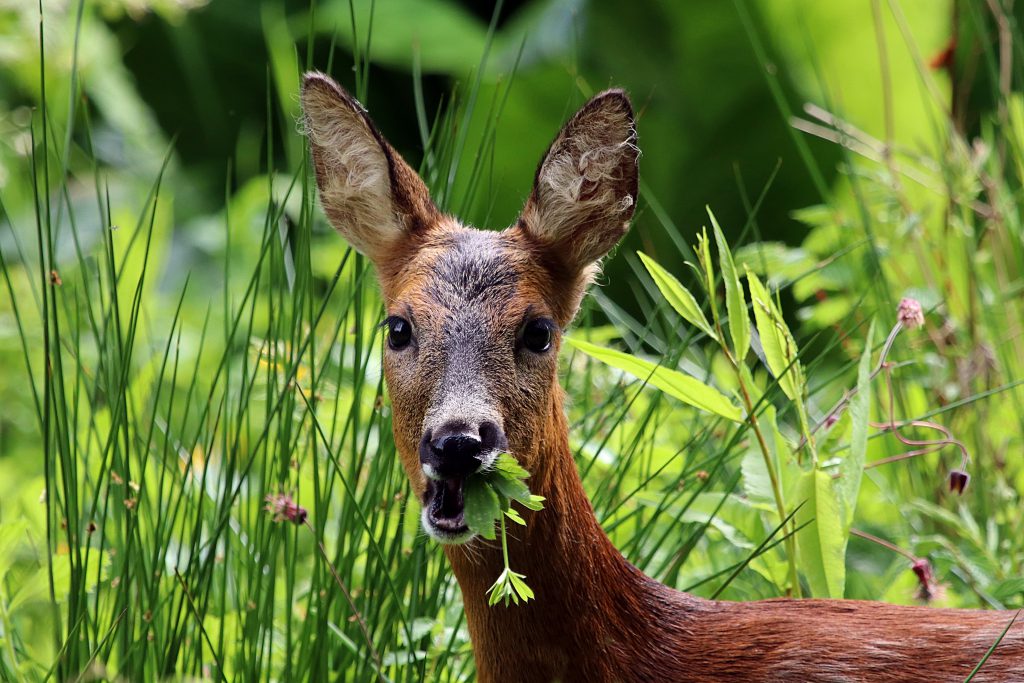
Destroyed Leaves and Plants
What it looks like: Ripped-off leaves and partly to entirely broken plants.
Possible culprits: Deer. Deer love grab-and-go meals, pulling off entire leaves and breaking the plant in the pull.
Small Holes in Vegetables
What it looks like: Fruit and veggies have small holes but not tunnels.
Possible culprits: Birds. This is a sure sign that the assailant is of the winged variety. These notorious little peckers love to spike and sip the liquid from vegetables.
Insect Damage
What it looks like: There are tons of insects that create all kinds of problems in a garden. The No. 1 best resource for identifying and protecting against them is The Big Bug Hunt Insect Identification Guide. Bookmark it.
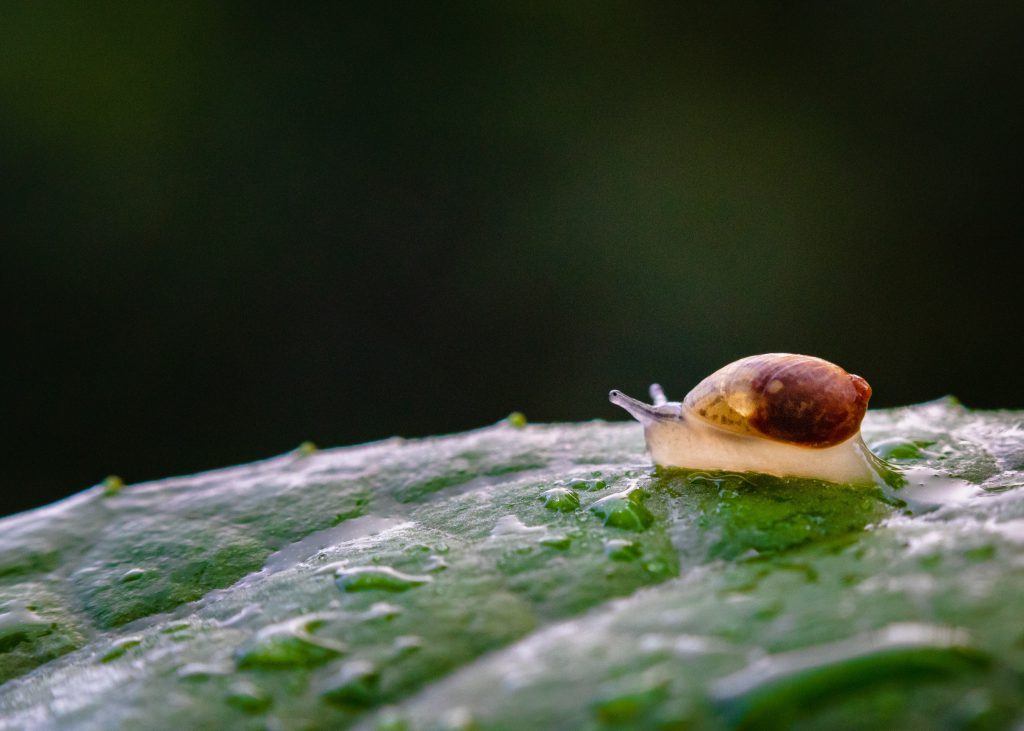
Building a Defense
Fencing
Fencing is best for defending against nearly all animals, though not against insects. To ensure critters are kept out, bury the fence 12 inches in the ground. Chicken wire around a wooden frame works well. The height of the fence is dependent on the pest in question. Deer need 8 to 10 feet, but a shorter two-layer staggered fence that plays on their depth perception can work very well. Small mammals such as opossums, rabbits, and raccoons can be deterred with a 4-foot-tall or shorter fence. Adding electricity to the mix makes a fence more effective, but it is more costly. Premier1 is one of the more popular electric-fence manufacturers, and its website is an excellent guide for different fence types and uses.
Natural Remedies
Some herbs and flowers have aromas that deter animals from munching and are GREAT for repelling insects. Try planting some around the edges of and randomly throughout your garden. Chives, dill, lavender, marigolds, mint, nasturtium, oregano, thyme, and verbena are great options doubling as human food, too.
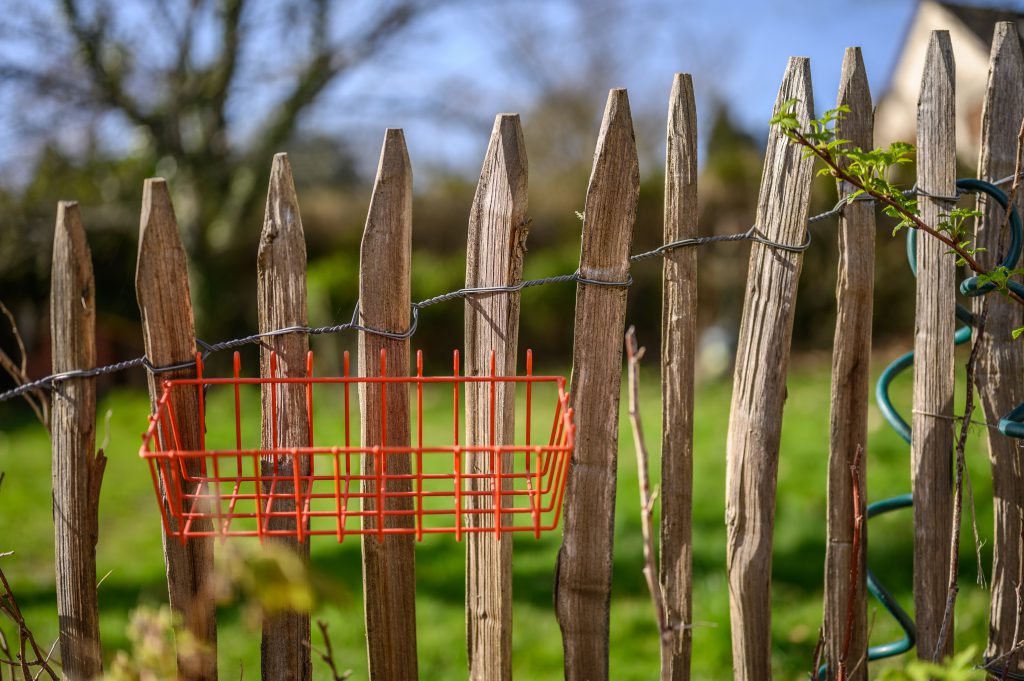
Chemical and Homemade Sprays
Some pest repellents mimic a predator’s smell, contain ammonia, or use natural ingredients disgusting to invaders. The success rate of sprays varies greatly because of weather, evaporation, and time between reapplication. They can also be expensive when needed in bulk. One workaround is this homemade brew that has worked well in our garden:
In a gallon jug, mix 3 tablespoons each of crushed cayenne pepper, hot sauce, garlic powder, and dish soap; one egg; and 3 cups of vinegar. Add two drops of citronella, eucalyptus, lavender, lemon, lemongrass, or peppermint extract. Fill the jug with water and shake. Spray the ground and insect-damaged plants throughout the day. Soak rags in the mixture and place them around the garden.
Traps
Set and baited correctly, traps can work well. Some states prohibit the trapping of select animals, so do your research. Live traps such as Havaharts work well for raccoons, opossums, groundhogs, and feral cats. Have a release or kill plan in mind, as letting the animals go nearby only ensures a return visit — and is illegal in many states that require landowners to euthanize trapped animals such as nuisance groundhogs, raccoons, and opossums. Rat-sized snap traps baited with peanut butter and seeds work well on rats, squirrels, chipmunks, and in some cases, weasels. Gophers and moles do not need bait if the live trap is connected to their tunnels and covered with drop blankets — so the traps look like dark extensions of their tunnels. Raccoons and opossums love sweet treats such as marshmallows, peanut butter, fruit, sweet corn, and even cat food or tuna fish. Skunks love dark tunnels with a stink, so covering the sides of the traps with drop blankets and baiting the skunks with tuna, sardines, or seafood-flavored pet food is very effective. Slugs can be trapped with a saucer of beer.
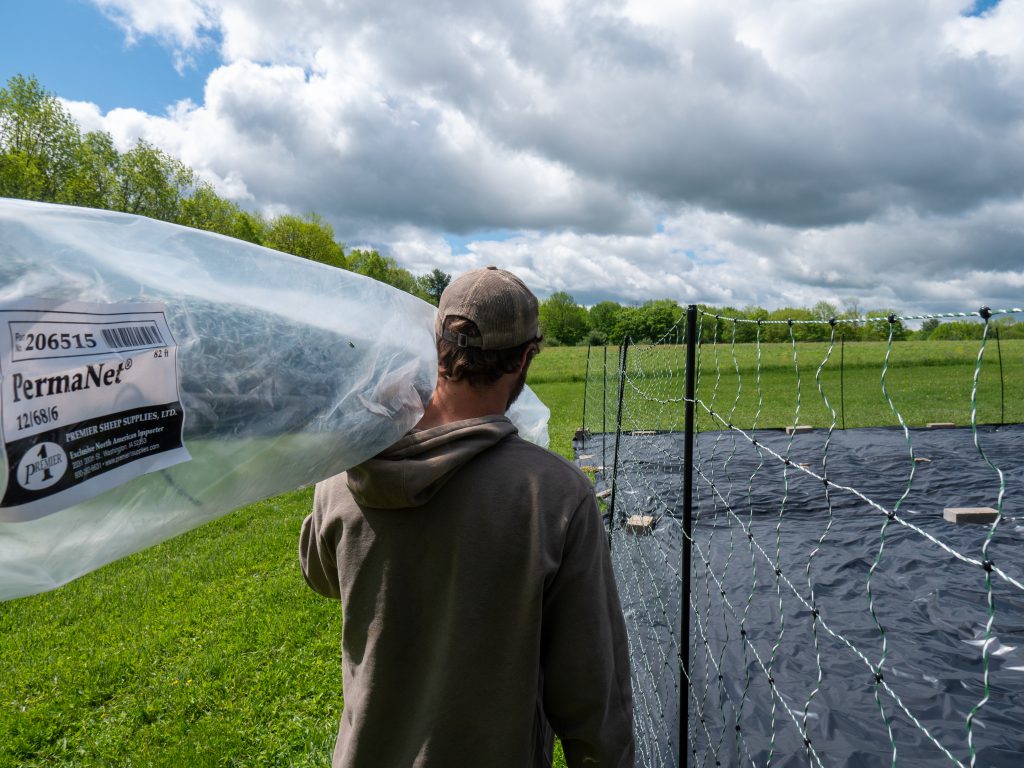
Passive, Old-Fashioned Tricks
- A scarecrow moved every few days can work for birds.
- Two or three aluminum cans or pie plates tied on strings and connected to fence posts can keep birds and deer at bay.
- Metallic-looking streamers or tape hung on fence posts that blow in the wind can deter all kinds of critters.
- Hanging bars or spreading shreds of Irish Spring soap is thought to run off deer, mice, rabbits, and some insects.
- Coffee grounds around plants deters cats.
If you’ve exhausted this list and find your garden is still the local buffet, a good old .22 may be the best tool for the job. Check your local game- and nuisance-animal laws.
Read Next: Survival Garden 106: The Gardener’s Weekly Checklist

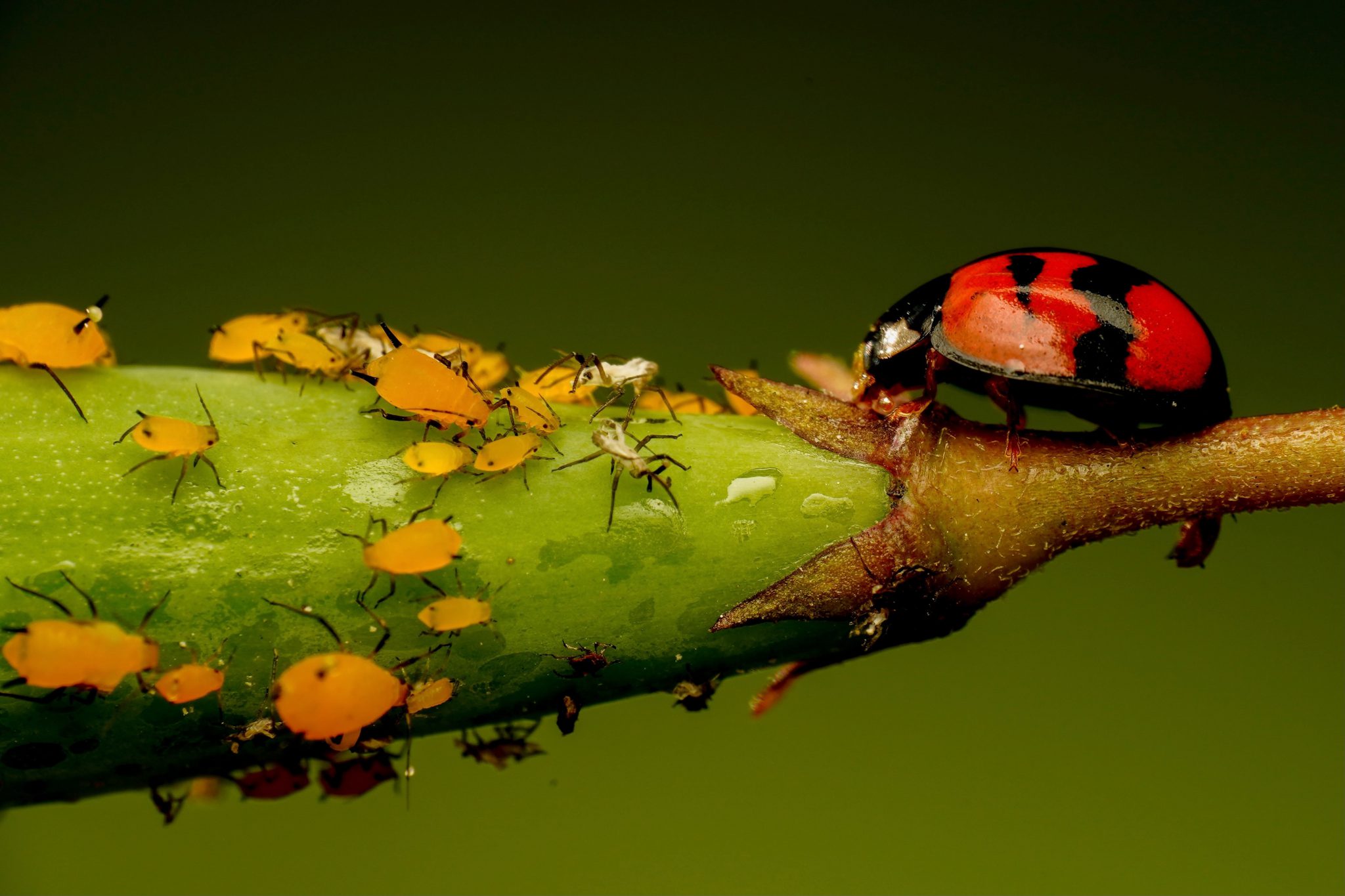

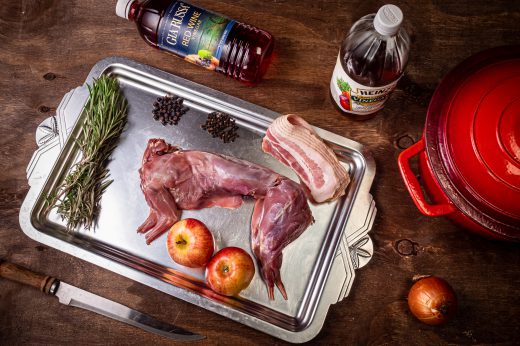

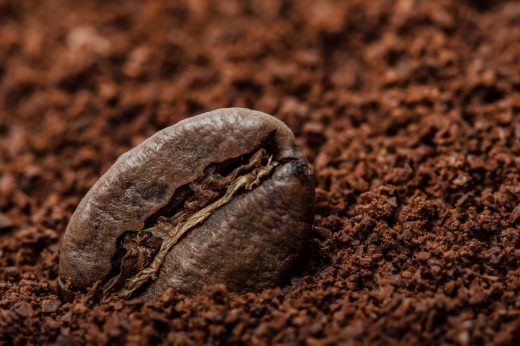


Comments